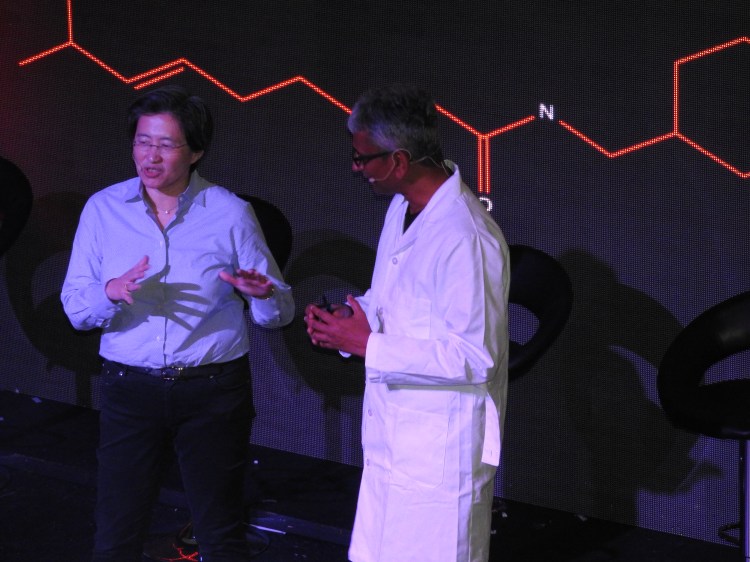Advanced Micro Devices and virtual reality are getting hitched. The maker of processors and graphics chips hopes that demand for VR will generate demand for high-end hardware, and it said Monday at the Game Developers Conference it is doing what it can to keep it all moving forward.
One of those things is Polaris 10, a next-generation graphics chip that promises much better resolution and performance for both traditional games and VR apps, said Richard Huddy, chief gaming scientist, at an AMD event today.
AMD has partnered with game engine maker Crytek to support VR development. As the exclusive GPU technology partner for Crytek’s VR First initiative, AMD will equip VR content creators at over 10 global universities with hardware and tools to create killer VR experiences.
Additional hardware companies like Intel, Dell, Nvidia and others are also getting behind VR in the hopes that it will create a revival of gamer PCs as well as mainstream PC sales, which need the lift in the age of smartphones and tablets.
“We are really focused on the game developer,” said Lisa Su, chief executive AMD, at the company’s press event at the GDC in San Francisco. “We are here to make the hardware better.”
AMD said it is at the center of the surging VR market in China, leading the charge in converting i-cafés to VR cafés across the country.
And to eliminate the guesswork from choosing a VR-ready system, AMD is launching its “Radeon VR-Ready Premium” badge program, making it easy for the consumer to choose the right platform for a seamless VR experience with VR Ready Premium.
AMD announced its VR content creator platform, the Radeon Pro Duo, for developers focused on VR apps in education, medicine, gaming and entertainment.
Raja Koduri, head of AMD’s Radeon Technologies division, said on stage that graphics technology is about to hit a big growth curve as it tries to keep up with the demands of VR applications which have to run at high speeds to keep people from getting dizzy.
The Radeon Pro Duo has 16 teraflops of computing performance, and it is the platform of choice for Crytek’s VR First initiative.
Over time, AMD is going to keep supporting the concept of GPUOpen, or keeping graphics technologies freely available to make games run across a variety of platforms.
“We will help you,” Koduri said.
VentureBeat's mission is to be a digital town square for technical decision-makers to gain knowledge about transformative enterprise technology and transact. Learn More

